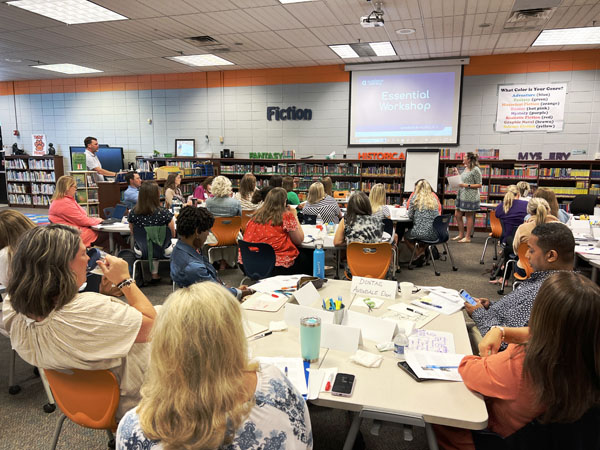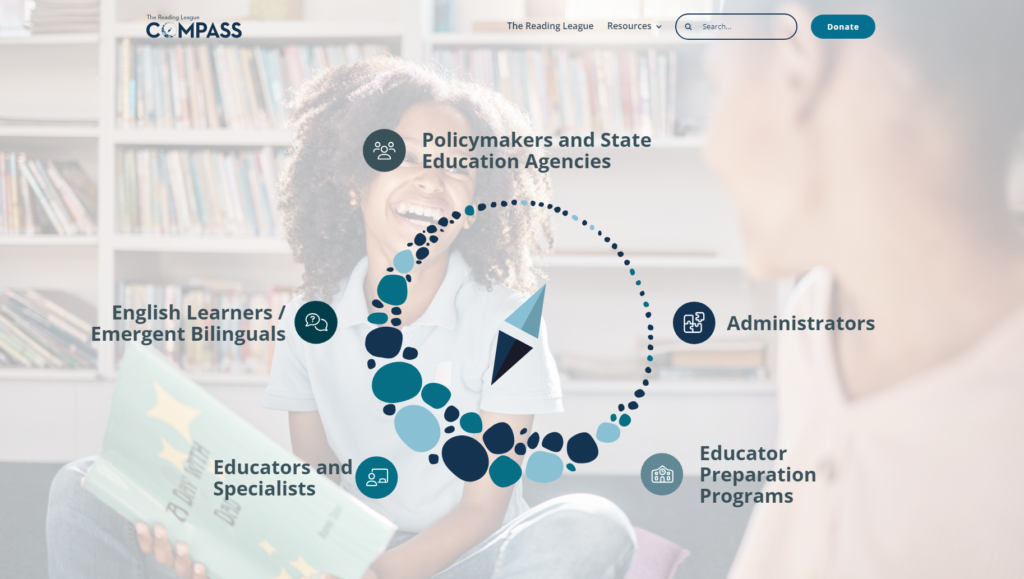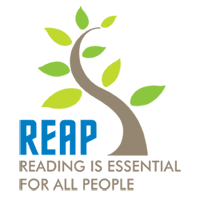Administrators can make or break a literacy program
Administrators are a crucial component in establishing an effective literacy program. Structured Literacy—deeply rooted in reading research—is powerful, but it’s not a magic bullet. Building a literacy program is a process, not a box of tools you can hand out to the teachers and wish them luck. To be successful, it requires ongoing commitment from teachers and administrators.
Administrator commitment is the key to success
REAP has seen amazing progress in students from schools where administrators are fully engaged in the process of teacher training. A literacy program will flourish when administrators are knowledgeable about Structured Literacy. They know it’s more than “just phonics”; it’s a way of teaching that’s sequential, systematic, explicit, cumulative, and ensures mastery. They understand how children learn to read. They’re actively working to help teachers implement Structured Literacy with fidelity in the classroom. These successful administrators know the importance of collecting accurate reading data and using it to move children forward. They know it doesn’t happen overnight. They set aside their past experiences—and sometimes their pride—and they focus on doing whatever it takes to make sure all students are truly reading at the best of their ability.
Administrators knocking it out of the park
REAP is very excited to work with metro Atlanta principals who are setting great examples for other administrators to follow. David White at Burgess-Peterson Academy is even bringing the families into the school so his students can teach their parents about their amazing literacy program.
One principal is thrilled by the progress his students are making, based on the 2023 Georgia Milestones assessment. “Our school performed significantly better than expected. We’re ‘beating expectations’ particularly strongly in reading.” This principal is an amazing champion for his teachers and completed the entire REAP Structured Literacy training himself.
Another principal got a glowing report from the district Curriculum & Instruction team about his REAP-trained teachers. “The feedback we got was our K-2 teachers are knocking Structured Literacy out of the park…they were amazed at what they were seeing.”
A parent is excited to see a big difference in her child who is taught by a REAP-trained teacher. “I really admire how the school has embraced this new literacy approach and I can tell a major difference. I wish my 4th grader would have been taught this way. It would have been huge for her!”

Literacy programs suffer without buy-in from administrators
When administrators lack knowledge and commitment to the process, things can fall apart. Teacher training is only part of the solution to the illiteracy epidemic. Most teachers are excited about their new Structured Literacy training and are eager to implement this instruction with their students. This goes well when administrators build a consistent program for teaching and assessing reading skills across the grade levels, within the school, and ideally, across the district. However, we hear from teachers who receive little support from administration. They’re left to struggle with the implementation, sometimes encountering major inconsistencies from one classroom to the next. Some teachers receive mixed messages from administrators; they’re directed to use programs that conflict with their SL training, or they’re not given adequate blocks of time to correctly implement the reading instruction. Some teachers are told that they’re not allowed to teach what they learned in their SL training because “that’s not the way we do things.” Some teachers are even instructed to teach in a way that research shows will cause more harm than good.
A reading expert says: “bring the principals on board first”
Literacy expert Tim Shanahan is an important resource when it comes to best practices for reading instruction. Dr. Shanahan is a professor and reading researcher with extensive experience determining how to effectively teach reading, particularly for children in inner-city schools and for kids with special needs.
Shanahan chaired two federal panels that drove many states’ educational policies, and he’s the former director of reading for Chicago Public Schools. In a recent blog post, Shanahan talks about the “mistake” of waiting too late to bring principals on board in his Chicago Reading Initiative. His post describes the kinds of training that administrators need—and they roles they should play—to implement an effective literacy program.

Structured Literacy training for administrators
A Big Mistake in Reading Improvement Initiatives – Don’t Make This One
September 9, 2023 | Tim Shanahan, PhD
“A major error in my Chicago Reading Initiative experience was not pulling the principals in early enough or thoroughly enough. My attentions were laser focused on hiring coaches and readying them for their important role.”
Shanahan would take a different approach today.
“No doubt about it, with the benefit of 20-20 hindsight, today I would reverse that equation: bring the principals on board first and then bring coaches in to support and extend what the principals have started.”
Read more of Tim Shanahan’s blog post about the crucial role of administrators in a successful literacy program:
Resources for Administrators
We know it can be intimidating to shoulder the task of setting up a new reading program based on the science of Reading (SoR). As we mentioned earlier, there’s no quick fix or boxed program…look closely at anyone who is making that promise. It takes time and effort, along with a clear understanding of what works and what doesn’t work to create strong readers.
Our friends at The Reading League have launched a new website to help you find your way.
The Reading League Compass
https://www.thereadingleague.org/compass/
The Reading League COMPASS will help sort out misinformation and provide support, resources, and guidance—all aligned with the scientific evidence base—for “educators, those working with emergent bilinguals, administrators, educator preparation programs, & policymakers/state education agencies.”
The Reading League is a nonprofit organization whose mission is to “advance the awareness, understanding, and use of evidence-aligned reading instruction.”
Whole-Language High Jinks: How to Tell When “Scientifically-Based Reading Instruction” Isn’t
https://www.thereadingleague.org/wp-content/uploads/2018/09/Whole-Language-High-Jinks-Moats.pdf
In this publication, Dr. Louisa Moats shows you how to identify truly effective reading instruction and reject programs that LOOK like they’re following the Science of Reading.
Be sure to check out the Executive Summary. If you want more details, you can dive into the 30+ pages. The publication describes the problems with typical reading instruction, shows what good instruction should look like, then tells you how to look for the factors that distinguish an effective reading program from the the programs that appear to check the boxes, but aren’t going to get the job done.


